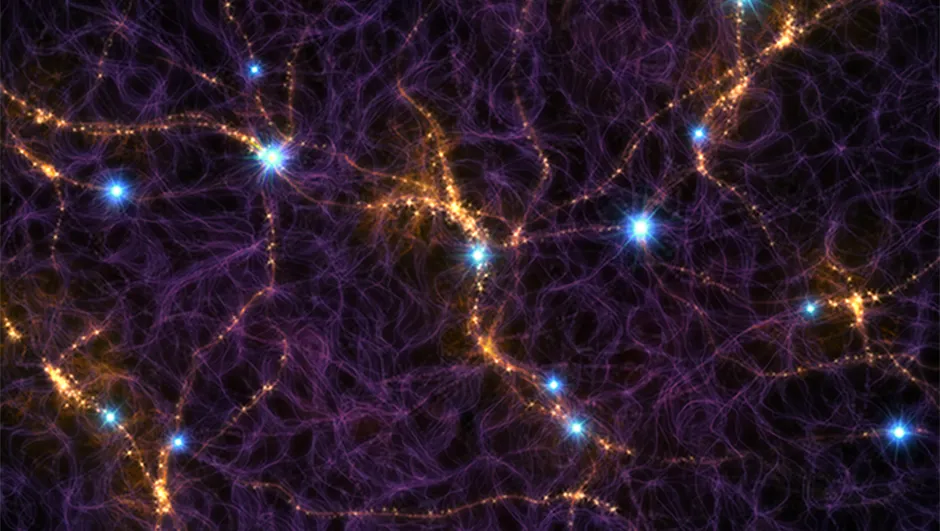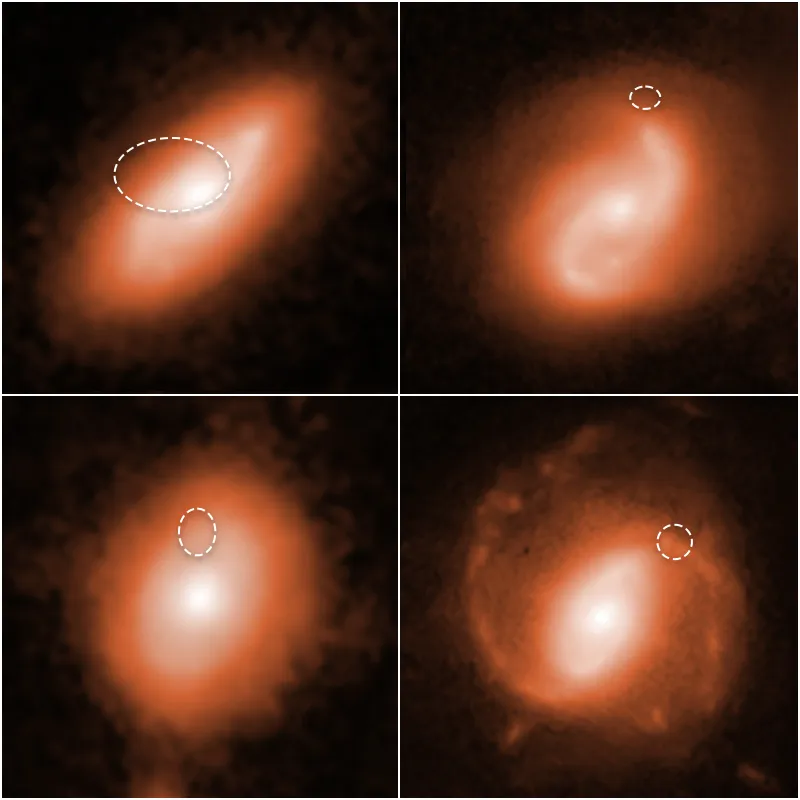The creators of Canada’s CHIME radio telescope didn’t know what they were getting into.
The Canadian Hydrogen Intensity Mapping Experiment (to give it its full name) was designed to observe large swathes of the sky to efficiently produce a map of hydrogen over a substantial portion of the Universe.
But it turns out to be almost perfectly designed to catch unusual rapid bursts of radio waves, known as fast radio bursts.

Fast radio bursts were first discovered in 2007, but while CHIME was under construction between 2015 and 2017, astronomers looking through archival data had realised the events were far more common than anyone expected.
Now CHIME has seen thousands of these bursts – but they remain mysterious.
One of the unusual things is their diversity. Fast radio bursts occur at different frequencies, last anything from a few milliseconds to a few seconds, and while some repeat, others do not.
CHIME has seen precisely one fast radio burst that seemed to come from the Milky Way, but others seem to originate in galaxies billions of lightyears away.
With a rapidly growing catalogue of such objects (plus all that hydrogen still to map), the CHIME team have been kept busy.
But others are now poring over the telescope’s rich datasets, and a study by a collaboration of astronomers in China and Australia seems to have found something interesting in CHIME’s collection of repeating fast radio bursts.

Gravitational lensing
The team set out to test an old idea: that fast radio bursts could be affected by gravitational lensing.
Lensing is the process by which light is bent by gravity, which you’ll have seen in images of distorted galaxies from the Hubble Space Telescope and James Webb Space Telescope.
Normally, the light from a distant galaxy is bent by passing close to a nearby galaxy or cluster, but smaller, massive objects – passing black holes or free-floating planets, say – can have a lensing effect too.

Such ‘microlensing’ leads to a brightening of a background source, but it can also cause a delay in light arriving at Earth, though how long such a delay might be depends on the situation.
Different paths around the lens take different times, so rather than see a single fast radio burst, we’d receive radio waves from the same burst several times, like seeing several different reflections of yourself in a funhouse mirror.
The team used a machine-learning technique to check for similarities between different bursts from the same repeating fast radio burst.
They hoped to show that rather than truly repeating – something that’s difficult to explain if whatever is causing these events is highly energetic and probably destructive – lensing is transforming a single burst into something we see more than once.
They studied 42 fast radio bursts and found one from 2019 that might be a lens.

Its bursts were similar enough to look suspicious, though they’re not identical – presumably due to distortion from their passage around the lensing object.
More observations, and more radio bursts, are needed before anyone is convinced of this result. It may be that lensing is a red herring and the similarity between bursts just a coincidence.
Luckily, CHIME is still scanning the sky and there will be another burst along in a minute.
Chris Lintottwas reading A Lensed FRB Candidate in the First CHIME/FRB Catalogue and its Potential Implications by Chenming Chang et al. Read it online at: arxiv.org/abs/2406.19654
